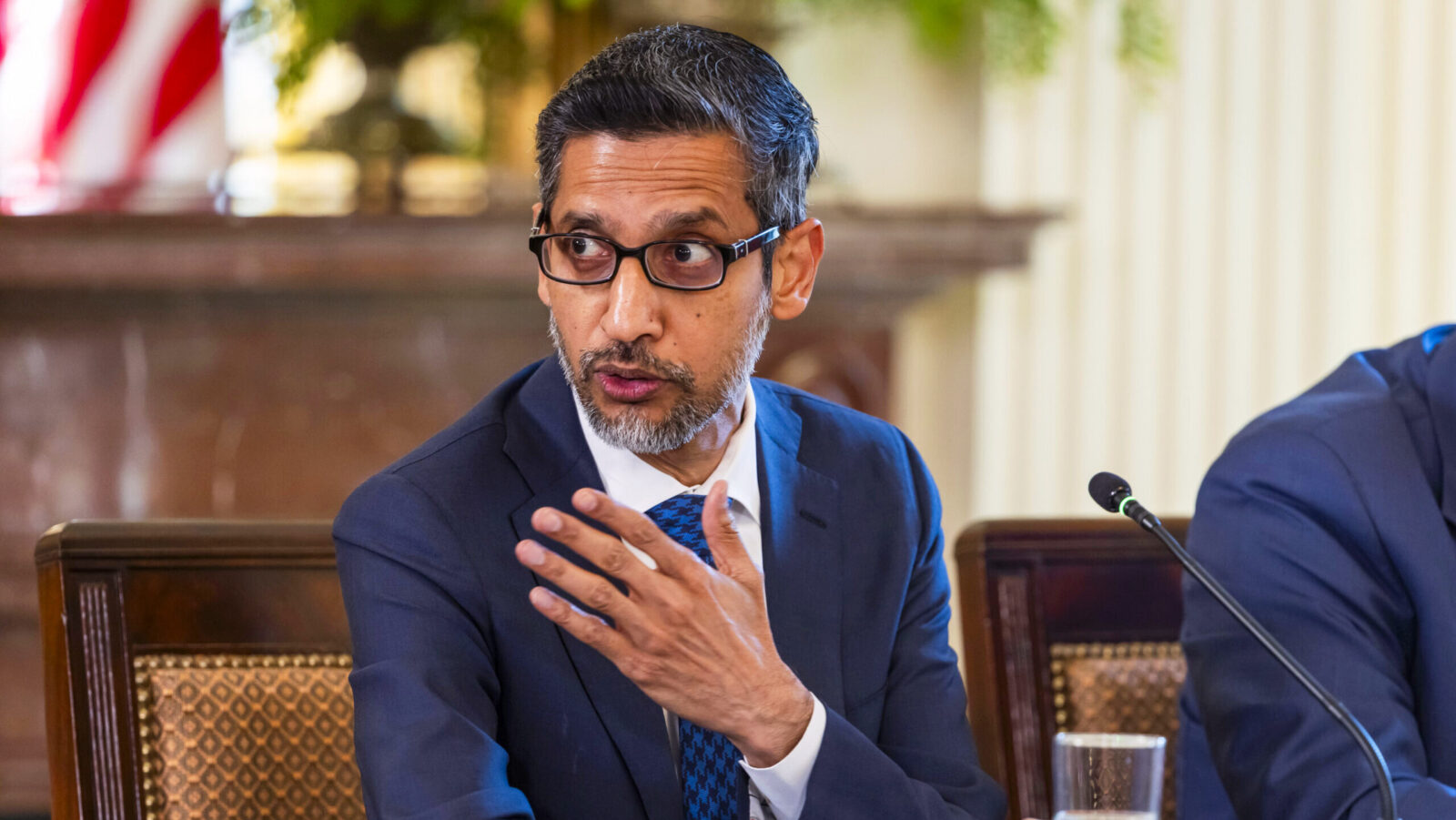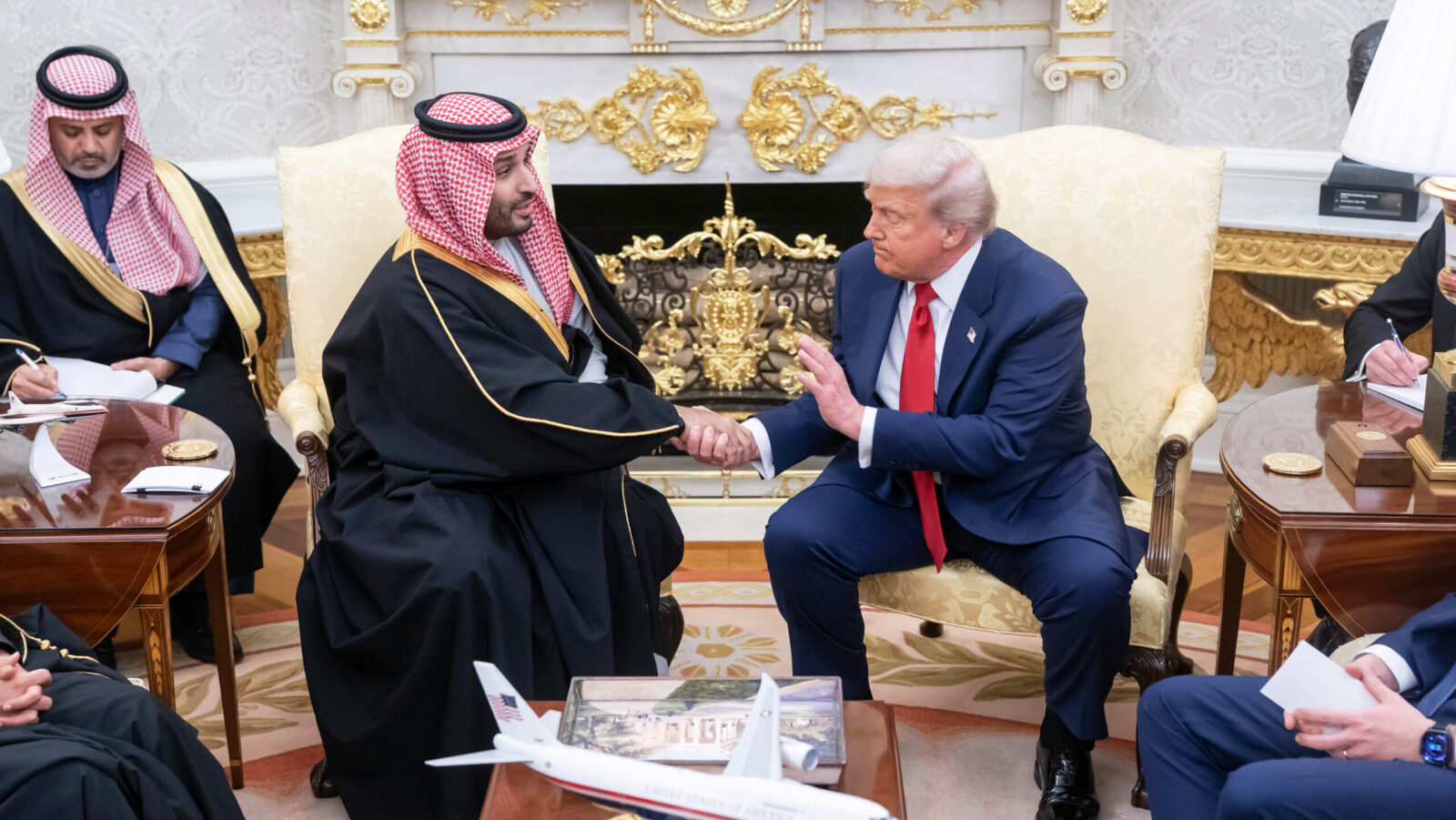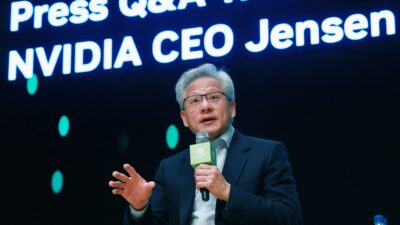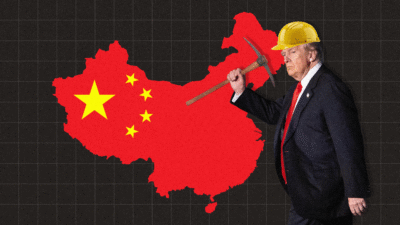Do China and Nvidia Still Need Each Other?
Nvidia reported zero Q2 sales of the H20 chip to China. It’s the latest sign of China’s decreasing dependence on the company.
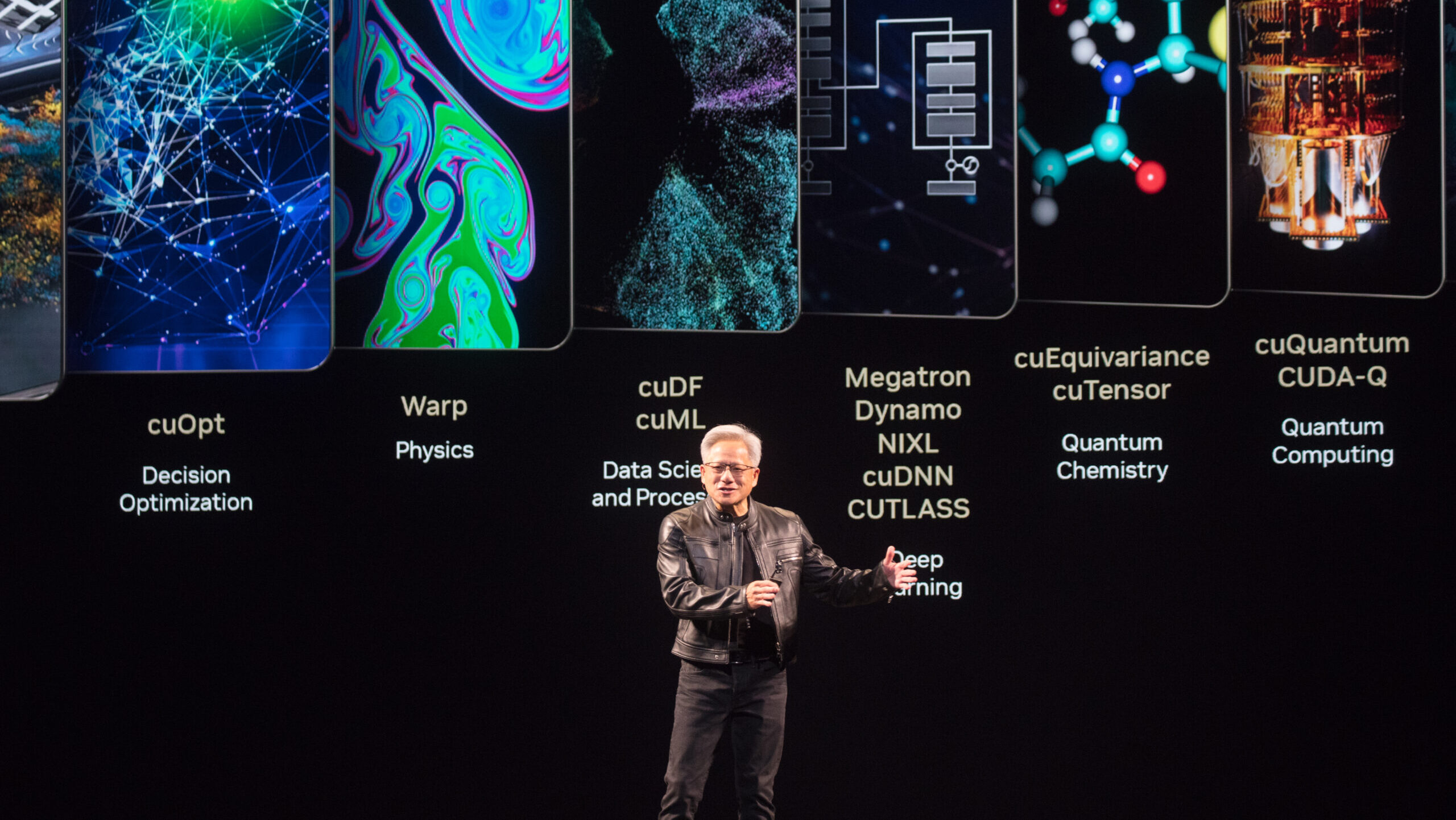
Sign up for smart news, insights, and analysis on the biggest financial stories of the day.
China’s semiconductor industry has a chip on its shoulder — and Nvidia may pay the price.
In its second-quarter earnings report on Wednesday, the chip-designing king continued to push the upper limits of eye-popping financial sums — revenue beat estimates and soared 56% year-over-year to $46.7 billion, in case you needed a reminder why Nvidia is the $4 trillion company. But the quarter may just mark the start of a new era, as Nvidia’s business in China continues to be complicated by trade tensions and the rise of Chinese rivals.
Red Light, Green Light, Yellow Light
When the Trump administration barred Nvidia from selling its somewhat watered-down H20 chips to Chinese clients this year, Nvidia responded by arguing that what’s good for Nvidia is good for America — and bad for China, which would have little reason to innovate if it had access to Nvidia’s products. The lobbying worked, though maybe too well. In July, the White House gave the company the go-ahead to resume selling the chip in China (albeit with the caveat that the US government would get a 15% cut of the proceeds), but shortly thereafter, Reuters reported that the Chinese government was discouraging domestic companies from purchasing the H20 chip anyhow.
The result? Nvidia reported zero sales of the H20 chip to China in the second quarter, which ended July 27. It’s just the latest sign of China’s decreasing dependence on the Santa Clara, California-based titan. At a conference in May, Nvidia CEO Jensen Huang said the company’s Chinese market share had decreased from about 95% to just 50% over the past four years.
Nvidia’s lack of H20 sales in China came as its chief rival there turned in a stellar performance:
- Late Tuesday, the Chinese chip designer Cambricon reported a record profit for the first half of the year, driven by nearly $403 million in revenue.
- That’s a mere couple of potato chips compared with rival Nvidia’s mountain of potato sacks, but it represents a 4,000% year-over-year increase nonetheless. The company’s share price has doubled so far this year, with its market cap surging to around $80 billion according to S&P Capital IQ.
The Fab Few: It’s not just in the chip design space that China is gaining ground, either. On Tuesday, sources told the Financial Times that the country aims to triple its AI chipmaking capacity next year. Construction of a fabrication plant that will make Huawei processors could come online by the end of the year, with two more scheduled to go online next year (according to the FT, it’s unclear who owns these fab plants, though Huawei did deny ownership). In other words: China wants a chip industry all its own. Though Nvidia, it seems, could hardly care. In addition to the revenue jump, the company reported net income grew 59% from the previous year to more than $26 billion, with gross margins on a non-GAAP basis widening from the past quarter to nearly 73%. It may be a smaller world for Nvidia without China, but perhaps a no less lucrative one.
